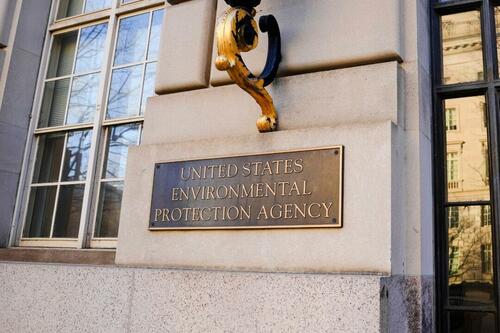The peer-reviewed study, published in the JESEE journal on Feb. 15, looked at urine samples from American citizens to determine their exposure to chlormequat chloride—a plant growth chemical. Exposure to the chemical can result in lower fertility and harm developing fetuses even at doses below acceptable levels set by regulators. Researchers detected chlormequat in 80 percent of urine samples collected between 2017 and 2023, with “a significant increase in concentrations for samples from 2023.”
The chemical was detected in “92 percent of oat-based foods purchased in May 2023, including Quaker Oats and Cheerios,” said the Environmental Working Group (EWG), which conducted the study.
Out of 25 conventional oat products tested, 23 had “detectable levels” of chlormequat. One in eight organic oat products had the chemical, while two in nine wheat products had low concentrations of chlormequat.
Researchers collected 96 urine samples, out of which 77 showed the presence of chlormequat. The numbers suggest that the subjects likely underwent “continuous exposure” to the chemical since chlormequat leaves the body about 24 hours after ingestion.
The frequency of the chemical in samples was observed to rise with time. In 2017, 69 percent of samples had chlormequat, which jumped to 74 percent in 2018-2022 and then to 90 percent in 2023.
The study suggested that the higher chemical concentration in 2023 samples “may reflect the likely recent introduction of chlormequat into the U.S. food supply due to EPA regulatory action changes involving chlormequat.”
Such changes include “establishing limits on chlormequat in food in 2018 and raising those limits for oats in 2020,” it said. “These actions permitted import and sale of agricultural products that had been treated with chlormequat, for example, from Canada.”
At present, the Environmental Protection Agency (EPA) only allows the use of chlormequat in the United States for ornamental crops, not for food crops. The agency allowed the chemical to be present in imported oats in 2018—raising the allowable limits in 2020.
Following a 2019 application submitted by chlormequat manufacturer Taminco, the Biden EPA proposed in April last year to allow the use of chlormequat on oats, barley, wheat, and triticale grown in the United States for the first time. EWG said it “opposes the plan.”
The study suggested that if domestic use of chlormequat were approved, “chlormequat levels would likely continue to increase in oats, wheat, and other grain foods, leading to higher levels of exposure for the U.S. general population.”
The research was funded by Skyline Foundation. The authors declared no competing interests in the study.
Threshold Levels
The study pointed out that urine sample donors were exposed to chlormequat at “levels several orders of magnitude below” the recommended safety thresholds set by the EPA and the European Food Safety Authority. However, “toxicological studies on chlormequat suggest reevaluation of these safety thresholds may be warranted,” it said.
Researchers pointed to studies showing that mice and pigs exposed to doses lower than these thresholds have displayed “reduced fertility.” One analysis found that exposure to chlormequat at a dose equivalent to a level used for determining the EPA threshold “altered fetal growth as well as metabolism and body composition in neonatal mice.”
“Additionally, the regulatory thresholds do not consider the adverse effects of mixtures of chemicals that may impact the reproductive system, which have been shown to cause additive or synergistic effects at doses lower than for individual chemical exposures.”
These factors raise “concerns about the potential health effects associated with current exposure levels, especially for individuals on the higher end of exposure in general populations of Europe and the U.S.”
Speaking to The New York Post, Olga Naidenko, EWG’s vice president of science investigations, recommended shoppers “buy organic oat products since these oats are grown without the use of toxic pesticides such as chlormequat and glyphosate.”
‘Alarm Bells’
In an interview with Newsweek, Alexis M. Temkin, lead author of the EWG study, said that the prevalence of chlormequat in people’s food and urine “raises alarm bells.”
He called for further investigation into the matter and said that the U.S. Department of Agriculture and the U.S. Food and Drug Administration “should be testing grains for chlormequat as part of annual pesticide monitoring.”
The EPA “needs to fully consider the potential risks to children’s health from chlormequat exposure and reconsider their recent decisions to allow chlormequat to be present in children’s foods.”
EPA announced the proposal to use chlormequat in domestic crop agriculture last April. Since then, several organizations like EWG have opposed the move.
In May 2023, Public Interest Research Group (PIRG) said that it collected over 10,000 signatures calling on the agency to reject the proposal.
“All this chemical is used for is to make the stems of small grains a little bit stronger, so fewer of them bend or break. A slightly bigger harvest isn’t worth the risk to our health,” it said in comments to the EPA.
“Research shows that chlormequat chloride disrupts fetal growth and harms the reproductive system. We shouldn’t allow its use on food crops unless and until it’s proven completely safe—especially since we know we can farm without it. “








